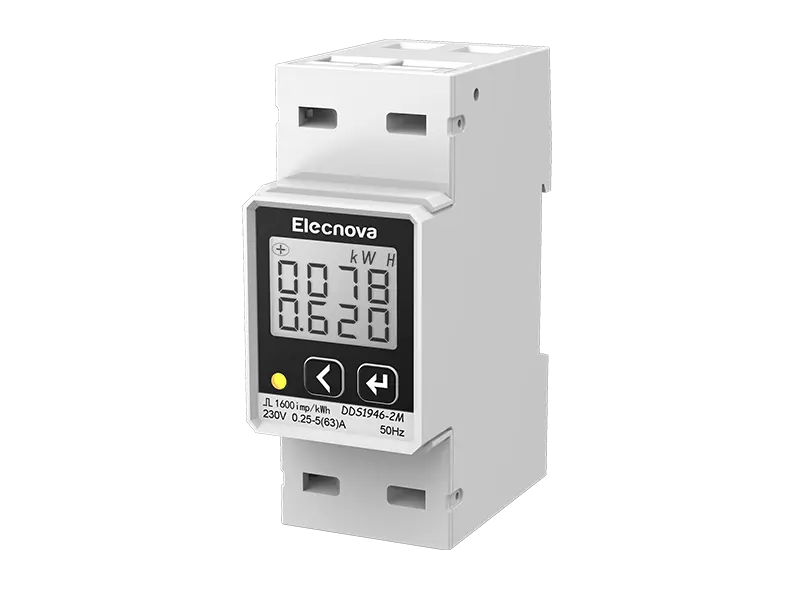In the fields of energy management, industrial automation, and smart grids, multi-circuit monitors play a crucial role. They can monitor and control the electrical parameters of multiple circuits in real time, ensuring stable system operation and optimizing energy use. However, there are many types of multi-circuit monitors on the market with varying functionalities, making it essential to carefully consider which product best meets your needs. This article will explore the key factors to consider when selecting a multi-circuit monitor.
Functional Requirements and Matching
When selecting a multi-circuit monitor, you first need to clarify your functional requirements. Different industries and scenarios have different functional requirements for multi-circuit monitors. For example, some need real-time monitoring of electrical parameters like voltage, current, and power factor, while others require features like remote control, fault warning, and data analysis. Therefore, when choosing a multi-circuit monitor, carefully evaluate your own needs and ensure that the selected product fully meets these requirements.
Performance Parameters and Reliability
In addition to functional requirements, performance parameters and reliability are also crucial factors to consider when selecting a multi-circuit monitor. Performance parameters include measurement accuracy, response time, and communication interfaces, which will directly affect the performance and usability of the multi-circuit monitor. Reliability determines the stability and dependability of the multi-circuit monitor during prolonged operation, which is critical for ensuring stable system operation. Therefore, when selecting a multi-circuit monitor, you should carefully compare the performance parameters and reliability of different products and choose those with superior performance and high reliability.
Cost-Effectiveness and Post-Maintenance
When choosing a multi-circuit monitor, cost-effectiveness and subsequent maintenance are important factors to consider. On one hand, cost-effectiveness involves balancing the purchase cost and the operational cost, aiming for a product with a high cost-performance ratio. On the other hand, maintenance factors include the maintenance cycle, maintenance costs, and technical support. Selecting power supply protection devices with good after-sales service and technical support can reduce maintenance difficulty and costs, thereby improving the lifespan and stability of the equipment.
Conclusion and Recommendations
Choosing a multi-circuit monitor that suits your needs requires considering multiple factors, including functional requirements and compatibility, performance parameters and reliability, cost-effectiveness, and maintenance. During the selection process, it is crucial to comprehensively evaluate these aspects based on your specific situation to choose a product with a high cost-performance ratio, comprehensive functions, excellent performance, and high reliability. Additionally, attention should be paid to the product's maintenance and technical support to ensure timely and effective assistance during use. Only by doing so can you select a multi-circuit monitor that truly meets your needs, providing robust support for the stable operation of your system and effective energy management.







































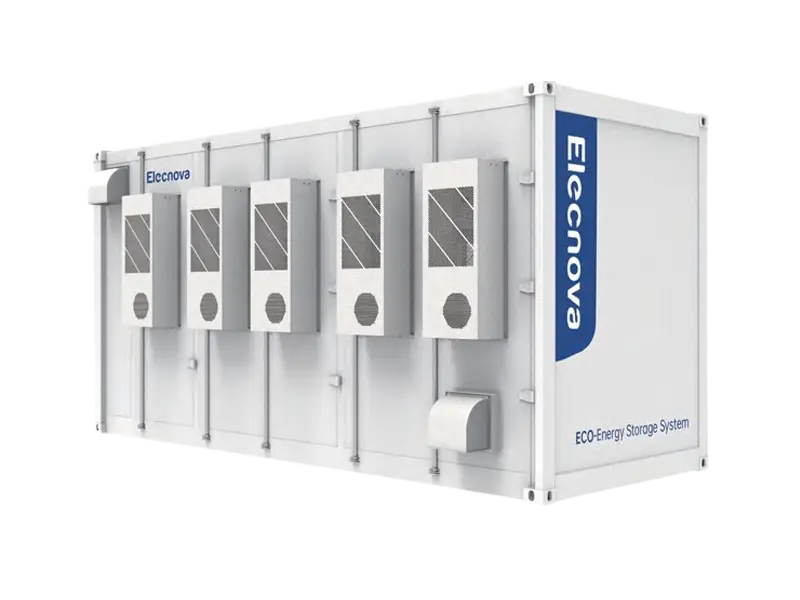
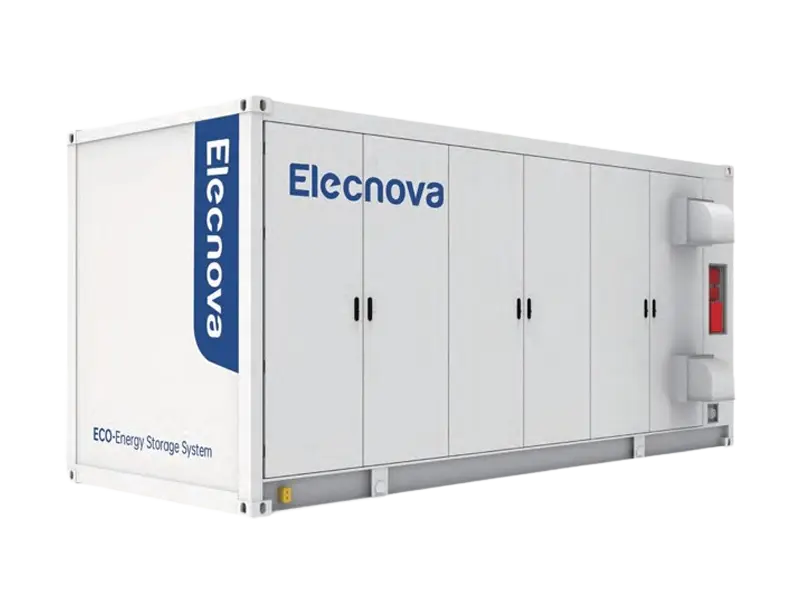
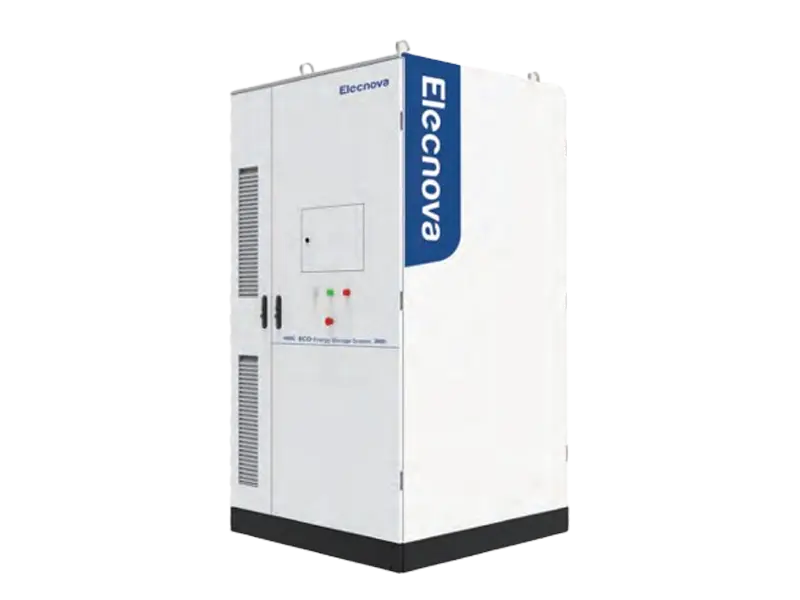
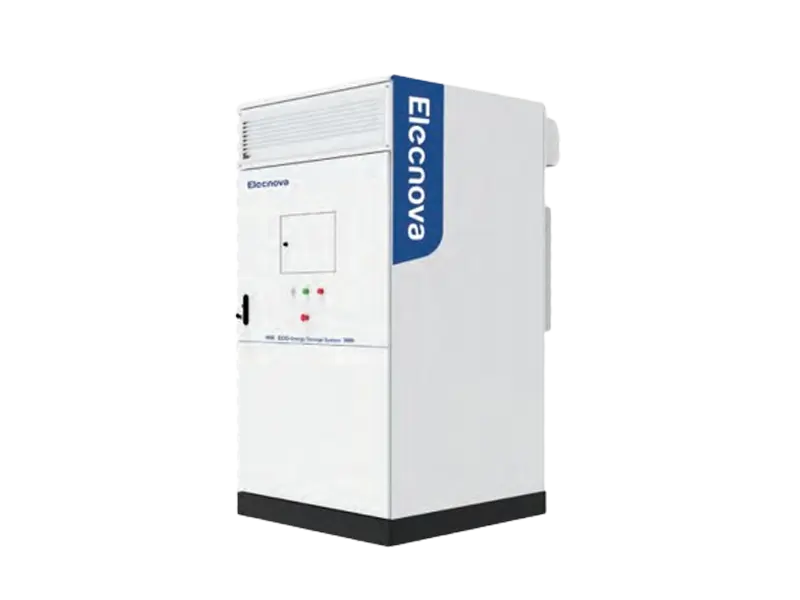
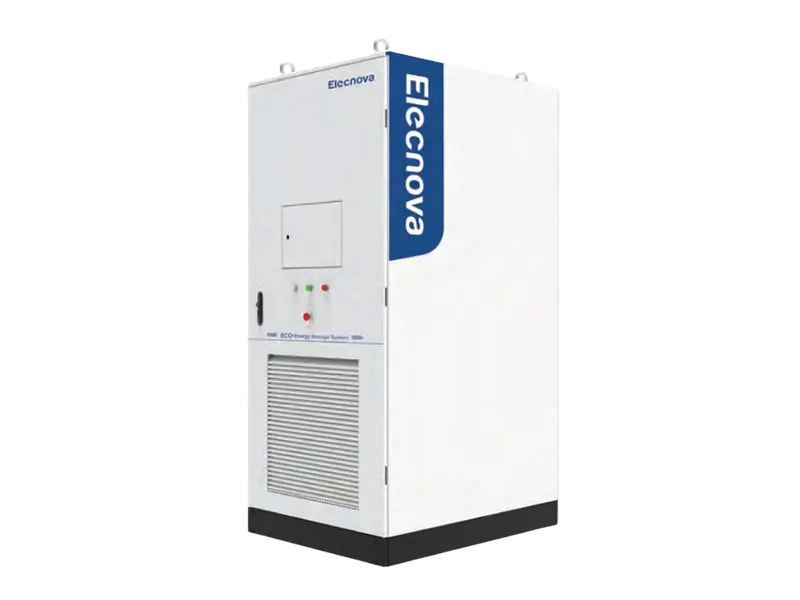

 CN
CN EN
EN
 fr
fr  de
de  es
es  it
it  ru
ru  ar
ar  vi
vi  tr
tr  th
th 